Rising Rates Fuel Steady Growth in Austin
Although the city's rapid upswing is starting to come down to earth, the metro’s office market benefits from strong job gains, high occupancy and a moderate pace of development.
By Timea-Erika Papp
Although Austin’s rapid growth is starting to come down to earth, the metro’s office market benefits from continued strong job gains, tight vacancy rates that help boost rent growth and a moderate rate of development. The metro has experienced an explosion of office-using jobs during the current economic cycle as it has become an attractive home for technology companies, while traditional sectors such as state government and hospitality continue to grow. The healthy economy helped Austin make Amazon’s shortlist for the e-commerce giant’s second headquarters. Austin houses the headquarters of Whole Foods, which Amazon acquired in 2017.
Austin’s office employment sector has seen robust growth, up nearly 60 percent since bottoming in 2009, as employers are attracted to the young and highly educated workforce. The growth slowed in 2017, a sign that future progress might be more moderate.
Overall office vacancy rates inched down to an average of 11.2 percent, one of the lowest rates among major metros in the U.S. Companies looking for larger blocks of space were faced with soaring prices and reduced availability in the Downtown area, where asking rates averaged $53.82 per square foot.
Investment activity was moderate during the past four quarters, as conditions became tight in the listed office inventory and investors were challenged to find available assets for sale.

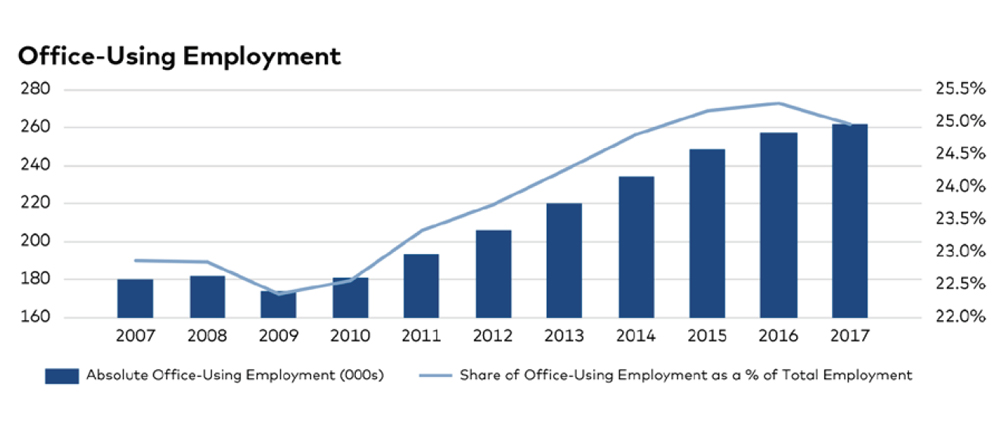
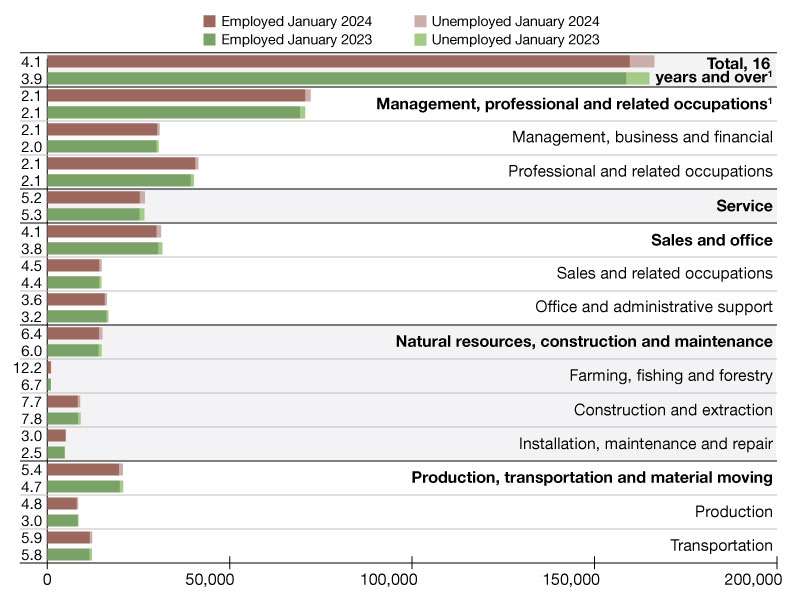
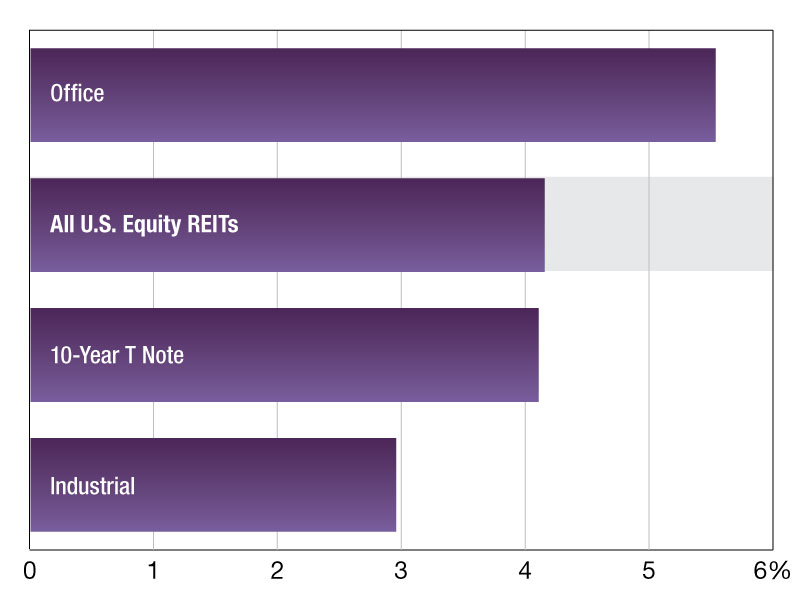
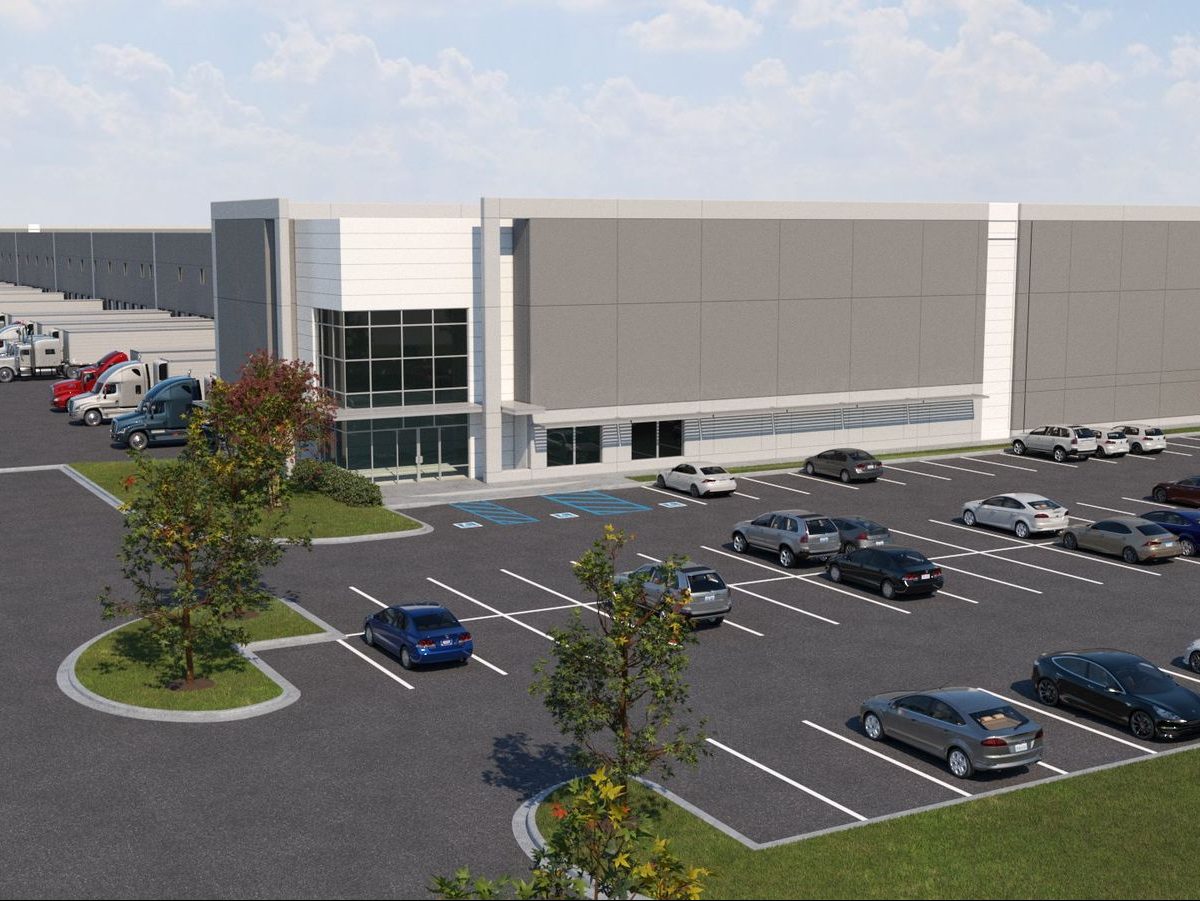
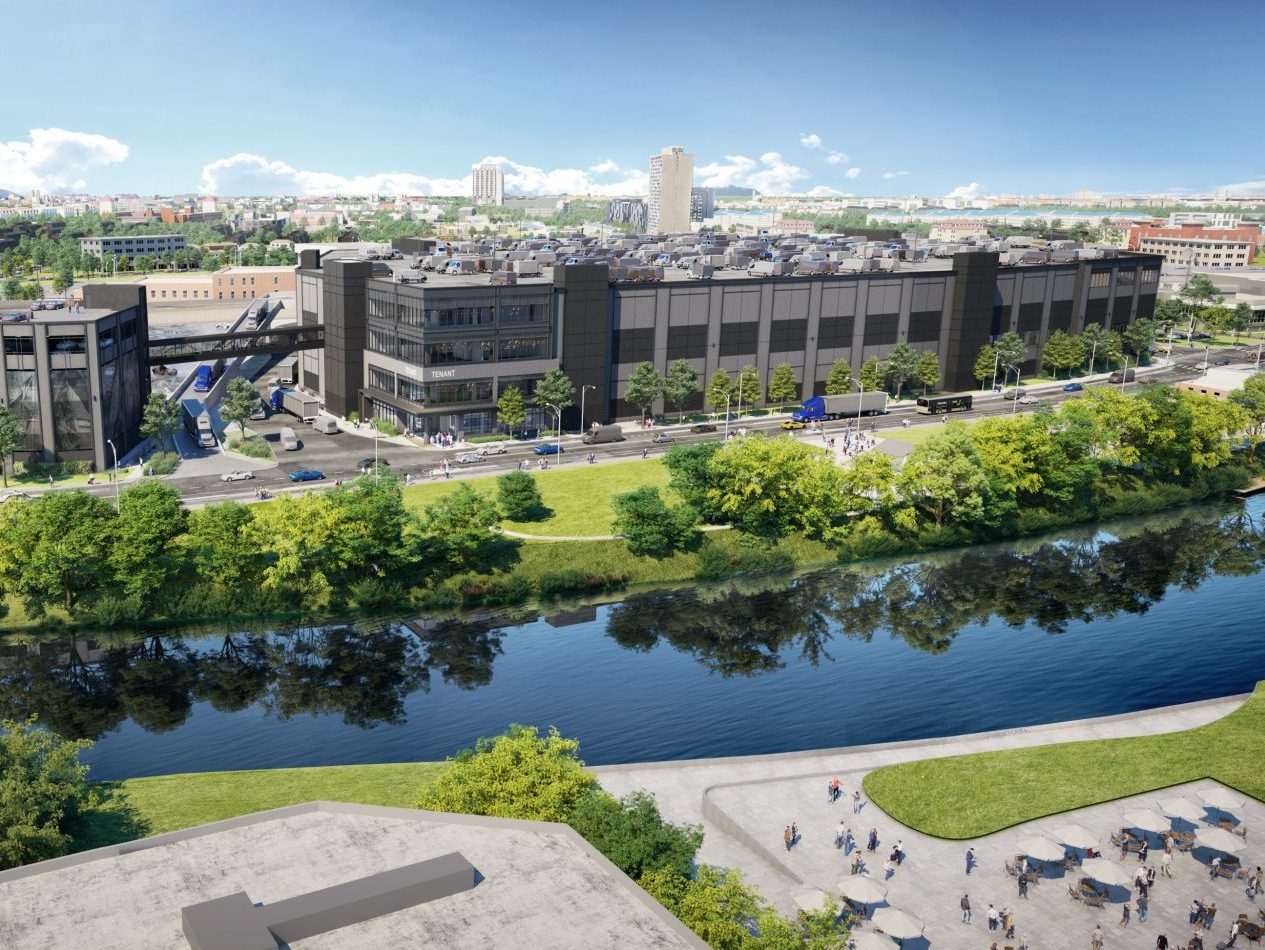


You must be logged in to post a comment.